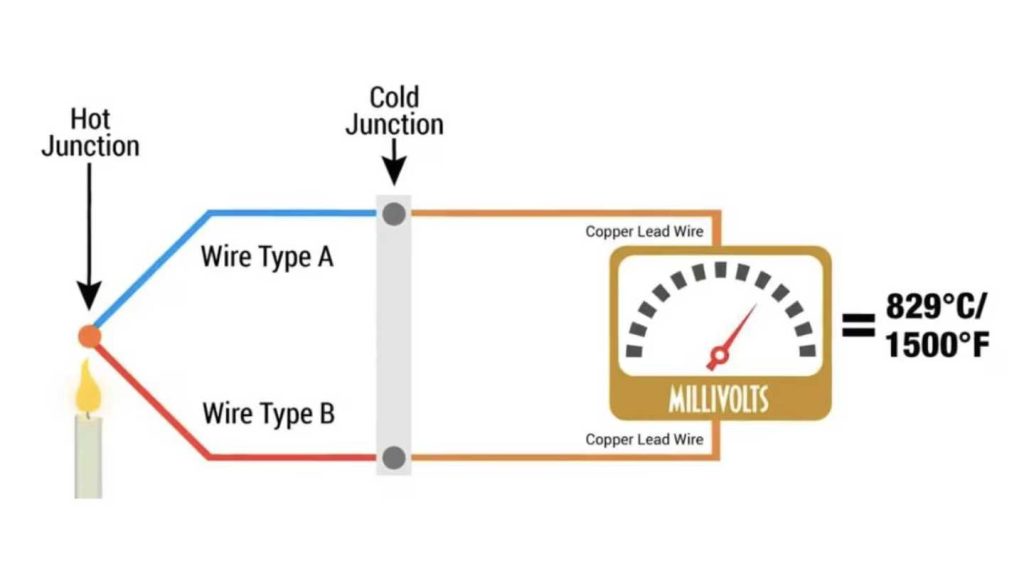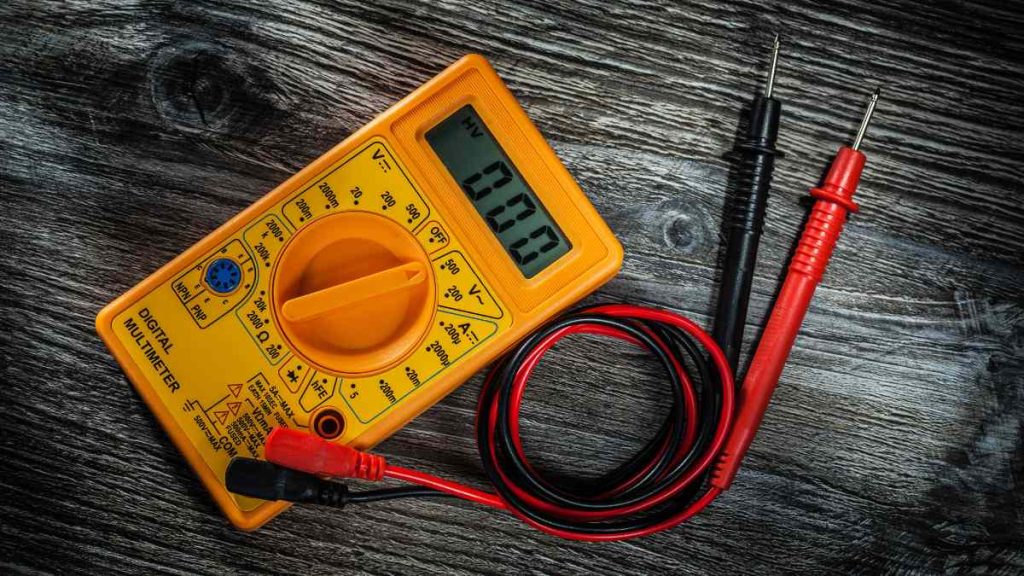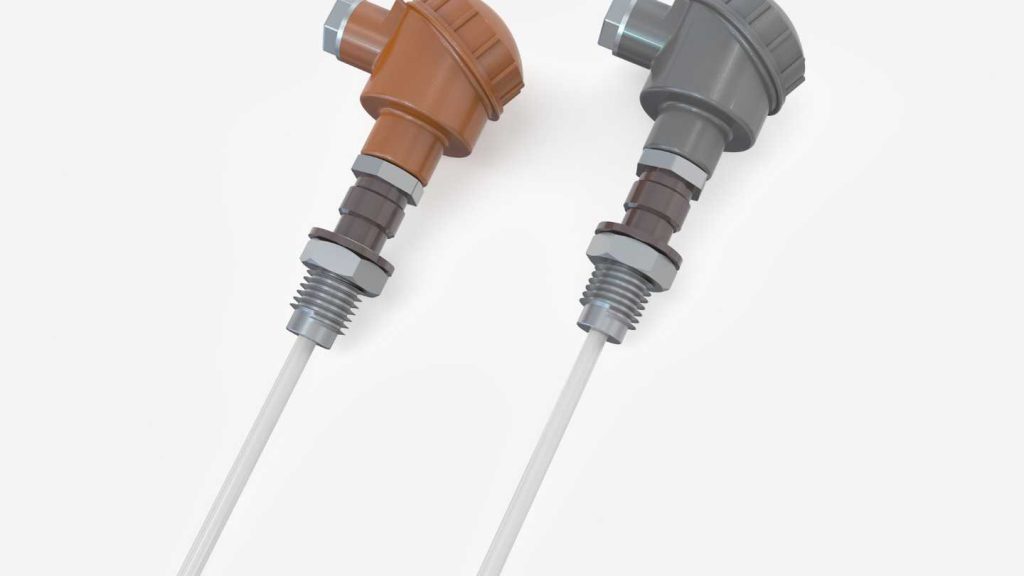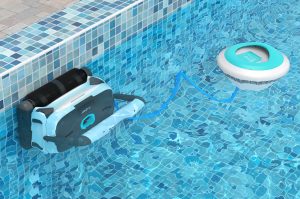Have you ever wondered what a thermocouple is and how it works? Thermocouples are important components in many industrial and consumer applications, but how do they actually work?
In this blog post, we’ll provide a comprehensive overview of thermocouples, from what they are and how they work to their types and application. By the end of this post, you should have a good understanding of what thermocouples are and how they work. So let’s get started.
What is a Thermocouple?
If you’re unfamiliar with thermocouples, they may seem like a mystery. Simply put, a thermocouple is a temperature-measuring device that produces a small electrical voltage based on the temperature difference between two metals.
What does a thermocouple do?
A thermocouple is commonly used to control the gas flow in gas-powered appliances such as ovens and water heaters. The thermocouple in a gas oven, for example, ensures that gas is only released when the pilot light is ignited.
Over time, thermocouples can become worn or damaged, affecting their accuracy. It’s important to know how to test a thermocouple if you suspect there may be a problem. But that’s a topic for another day. In the meantime, just know that thermocouples play a crucial role in many of the gas-powered appliances we rely on every day.
How does a thermocouple work?

A thermocouple is a simple device that generates a voltage when there is a difference in temperature between two points. It consists of two wires made of different metals, such as copper and constantan, joined together at one end. This end is referred to as the “hot junction”, and is exposed to the source of heat being measured. The other end of the wires is called the “cold junction” and is usually connected to a temperature-measuring instrument.
What does a thermocouple do?
A thermocouple measures temperature by generating a small electrical signal in response to temperature changes. The strength of the signal is directly proportional to the difference in temperature between the hot and cold junctions. By measuring this signal, it is possible to determine the temperature of the source being measured.
One common use of a thermocouple is in a gas oven. A thermocouple in a gas oven is a safety device that prevents the flow of gas to the oven burners if the pilot light goes out. The thermocouple is located near the pilot light and is heated by the flame. When the pilot light goes out, the thermocouple cools down and stops generating the small electrical signal. This triggers a safety valve to close, stopping the flow of gas to the burners.
If you suspect that your thermocouple is not functioning properly, you can test it with a multimeter. Simply disconnect the thermocouple wires from the temperature-measuring instrument and measure the voltage across the wires while exposing the hot junction to a heat source. A properly functioning thermocouple should generate a voltage of a few millivolts. If the voltage is significantly lower or there is no voltage at all, the thermocouple may need to be replaced.
Types of thermocouples
There are many different types of thermocouples available, each with their own unique properties and temperature ranges. Some of the most common types of thermocouples include:
- Type K: This is the most common type of thermocouple and is often used in industrial applications. It can measure temperatures up to 1,372 degrees Celsius.
- Type J: This thermocouple is commonly used in food processing and heating and cooling applications. It has a temperature range of -210 to 1,200 degrees Celsius.
- Type T: This thermocouple is often used in cryogenics and low-temperature applications, as it can measure temperatures as low as -270 degrees Celsius.
- Type E: This thermocouple is used in the automotive and aerospace industries and has a temperature range of -270 to 1,000 degrees Celsius.
- Type N: This thermocouple is commonly used in the food industry and can measure temperatures up to 1,300 degrees Celsius.
No matter what type of thermocouple you are using, it is important to regularly test it to ensure that it is providing accurate temperature readings. One way to test a thermocouple is to compare its readings to those of another temperature sensor that is known to be accurate. Additionally, many manufacturers provide instructions on how to test a thermocouple to ensure that it is working correctly.
Application and Use Cases of Thermocouples
Thermocouples are versatile sensors that can be used in a wide range of applications. They are particularly useful in industries that require temperature monitoring and control for processes and equipment. Some common applications of thermocouples include:
- Industrial process control: Thermocouples are widely used in industries such as manufacturing, chemical processing, and energy production for monitoring temperature in various processes. They can be used for temperature control in ovens, furnaces, and other heating equipment.
- Food industry: Thermocouples are used in the food industry to ensure food safety and quality. They can be used to monitor the temperature of cooking equipment, food storage facilities, and refrigerators. They are also used to check the temperature of cooked food to make sure it has reached a safe temperature.
- Automotive industry: Thermocouples are used in the automotive industry to monitor engine temperatures and other critical parts. They are also used in exhaust gas temperature monitoring systems to help regulate emissions.
- Aerospace industry: Thermocouples are used in the aerospace industry to monitor temperatures in aircraft engines, exhaust systems, and other critical parts of aircraft.
- Medical industry: Thermocouples are used in the medical industry to measure body temperature, both externally and internally. They are also used in medical equipment to monitor temperature during procedures.
Thermocouples in House appliances

Thermocouples have a wide range of applications in house appliances, particularly those that rely on heating elements such as ovens, furnaces, and water heaters. These appliances typically use thermocouples as a safety measure to prevent the risk of gas leaks and explosions.
For example, in gas ovens and furnaces, the thermocouple is typically used as a safety device to ensure that the gas supply is cut off if the flame goes out. The thermocouple senses the heat generated by the flame and sends a signal to the gas valve, which in turn shuts off the gas supply if the flame is extinguished.
This ensures that the gas does not continue to flow, preventing the risk of gas buildup and potential explosion.
Water heaters also use thermocouples to monitor the pilot light and prevent the gas supply from continuing if the pilot light goes out. Without the thermocouple, gas could continue to flow, leading to a dangerous buildup of gas.
Thermocouples are also commonly used in air conditioning and refrigeration units to monitor temperature and prevent overheating or cooling. In these applications, the thermocouple helps ensure that the unit runs smoothly and efficiently, without any dangerous malfunctions.
Conclusion
Overall, thermocouples are an essential component in a wide range of household appliances, helping to ensure safe and reliable operation. If you use any one of the home appliances mentioned in this guide (and I bet you do), you should be aware that these appliances are functioning well thanks to the power and universality of the thermocouple.






